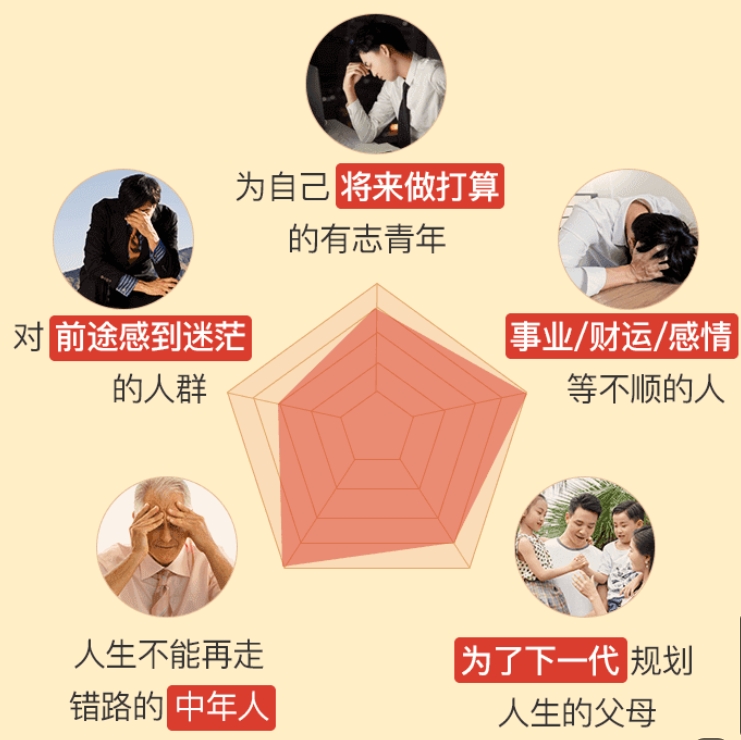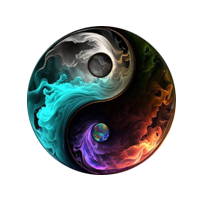How to Say February 17th in English, Mastering Date Pronunciation for ESL Learners
When learning English as a second language, one of the most fundamental yet challenging aspects is mastering how to properly say dates. The date February 17th presents particular difficulties due to its combination of a tricky month name and an ordinal number. Many non-native speakers struggle with the pronunciation of "February" and the correct way to articulate "17th" in conversational English. This comprehensive guide will break down every component of saying this date correctly, providing detailed explanations and practical examples.
The month of February often causes pronunciation problems even for intermediate English learners. The correct pronunciation is "FEB-roo-air-ee" with three syllables, though many native speakers simplify it to "FEB-yoo-air-ee" or even "FEB-air-ee" in casual speech. The silent first "r" frequently trips up learners, leading to common mispronunciations like "Feb-ru-ary" with all four syllables emphasized. Understanding these variations helps learners both recognize and produce the word in different contexts.
For the day component, "17th" requires proper use of ordinal numbers in English. While cardinal numbers (like seventeen) represent quantity, ordinal numbers (like seventeenth) indicate position or order. The suffix "-th" is added to most numbers above 3, creating words like fourth, fifth, and in our case, seventeenth. However, pronunciation involves more than just adding sounds the stress pattern shifts from "sevenTEEN" to "sevenTEENTH," with a softer "th" sound at the end that many learners find challenging to articulate clearly.
When combining the month and day in English date format, we typically say "February seventeenth" in American English. British English might phrase it as "the seventeenth of February," though both forms are generally understood across English-speaking regions. The table below illustrates these differences:
Regional accents significantly influence how February 17th sounds in different English-speaking countries. In Australian English, for instance, the "r" sounds in February may be less pronounced, while Scottish English might emphasize them more strongly. Canadian English often follows American patterns but with some British influences. These variations demonstrate why learners might hear the date pronounced differently depending on whether they're listening to a New Yorker, Londoner, or Sydneysider.
Common mistakes learners make when saying February 17th include several predictable patterns. Many Spanish speakers, for example, might pronounce February with a strong rolling "r" sound that doesn't exist in English. Mandarin speakers often struggle with the "v" sound in "seventeenth," sometimes substituting it with a "w." Russian speakers might over-emphasize the "th" sound at the end. Being aware of these common errors helps learners identify and correct their own pronunciation challenges.

The rhythm and stress patterns of "February seventeenth" deserve special attention. English is a stress-timed language, meaning certain syllables receive more emphasis than others. In "February," the stress falls on the first syllable: "FEB-ru-air-ee." For "seventeenth," the stress is on the second syllable: "sevenTEENTH." When combining them, the phrase has a distinct rhythm: "FEB-ru-air-ee sevenTEENTH." Practicing this rhythm helps make the date sound more natural in conversation.
Connected speech phenomena affect how February 17th sounds in natural conversation. In fast speech, native speakers often link words together, creating sound changes that might confuse learners. "February seventeenth" might sound more like "Febry seventeenth" or even "Febry seventeent" with the final "th" barely audible. These reductions aren't incorrect they're natural features of spoken English that learners should recognize even if they choose to articulate more clearly in their own speech.
Historical context influences why February is pronounced the way it is. The month's name comes from the Latin "Februarius," named after the purification festival Februa. Over centuries of English language evolution, the pronunciation simplified while retaining the spelling. This explains why the written form contains letters we no longer pronounce a common characteristic of English that frustrates many learners but becomes more understandable when viewed through historical linguistics.
For practical application, learners should practice saying February 17th in complete sentences. For example: "My birthday is February seventeenth" or "The meeting is scheduled for February seventeenth." This contextual practice helps reinforce proper pronunciation in meaningful communication rather than isolated word practice. Recording and comparing these sentences to native speaker models can significantly improve accuracy.
The International Phonetic Alphabet (IPA) provides a precise way to represent the pronunciation of February 17th. The IPA transcription would be /ˈfɛb.ruˌɛr.i ˈsɛv.ənˌtinθ/, though this varies slightly between dialects. While learners don't need to master IPA, understanding these symbols can help them decode pronunciation guides in dictionaries and learning materials. Many online resources include audio recordings alongside IPA transcriptions for comprehensive learning.
Minimal pair practice helps distinguish similar sounds in February 17th. For "February," practicing contrasts like "February" vs. "January" helps with the initial consonant sounds. For "seventeenth," contrasting with "seventy" clarifies the "-teen" vs. "-ty" distinction many learners confuse. This technique trains the ear to detect subtle but important differences in English phonology that affect meaning.

Cultural references to February 17th provide memorable context for learning. While not a major holiday in English-speaking countries, this date appears in historical events, celebrity birthdays, and cultural milestones. Knowing that Michael Jordan was born February 17th, 1963, or that the US evacuated the Philippines on February 17th, 1986, creates mental hooks that make the date more meaningful and easier to remember in conversation.
Technology offers valuable tools for mastering February 17th pronunciation. Speech recognition software can analyze pronunciation accuracy, while slow-playback features let learners hear each sound component clearly. Many language learning apps include specific exercises for dates and numbers, providing immediate feedback. These digital resources complement traditional learning methods effectively.
Classroom activities can reinforce February 17th pronunciation through interactive exercises. Teachers might create dating games where students match written dates to spoken versions, or role-play scheduling appointments using target dates. Group repetition drills with rhythmic clapping to emphasize stress patterns make learning engaging and memorable. Such activities address pronunciation in communicative contexts rather than isolation.
Self-monitoring techniques help learners improve February 17th pronunciation independently. Recording oneself saying the date and comparing it to native speaker models reveals discrepancies. Slowing down speech to articulate each sound clearly before gradually increasing speed builds accuracy and confidence. Visualizing mouth and tongue positions using pronunciation diagrams assists with challenging sounds like the "th" in "seventeenth."
Professional contexts require particular attention to date pronunciation clarity. In business meetings, academic presentations, or medical consultations, mispronouncing February 17th could lead to serious misunderstandings. Practicing the date in formal sentences like "The deadline is February seventeenth" or "Our records show February seventeenth as the admission date" ensures professional communication competence.

Children learning English naturally acquire date pronunciation differently than adults. While kids often mimic dates without analyzing components, adult learners benefit from breaking down February 17th into manageable parts. Parents teaching children might use songs or rhymes incorporating the date, while adult learners might prefer systematic analysis of each sound and stress pattern. Both approaches can achieve accurate pronunciation through different paths.
Long-term retention of February 17th pronunciation comes from regular use rather than memorization. Incorporating the date into daily language practice perhaps by noting it as a pretend birthday or anniversary creates natural repetition. Writing journal entries about hypothetical February 17th events combines productive skills while reinforcing the spoken form through mental rehearsal. This usage-based approach mirrors how native speakers acquire date pronunciation naturally.
English pronunciation continues evolving, and how we say February 17th today might differ slightly from decades past or future. Some linguists note a trend toward simplifying "February" to two syllables in casual speech. While learners should aim for standard pronunciation initially, awareness of these shifts helps them understand variations they encounter. Language is living, and date pronunciation adapts to usage patterns over time.
Personal experience teaching English has shown me that February 17th presents a perfect storm of pronunciation challenges - from the tricky month name to the ordinal number suffix. However, seeing students master this date after focused practice remains one of the most rewarding teaching moments. Their success often marks a turning point in overall pronunciation confidence, proving that tackling difficult elements head-on yields the greatest progress in language acquisition.